XV Century Italian Playing Cards
Cards from a pack of an early form of north Italian playing cards, with the swords back-to-back and curved outwards. Believed to be Venetian, dated 1462.
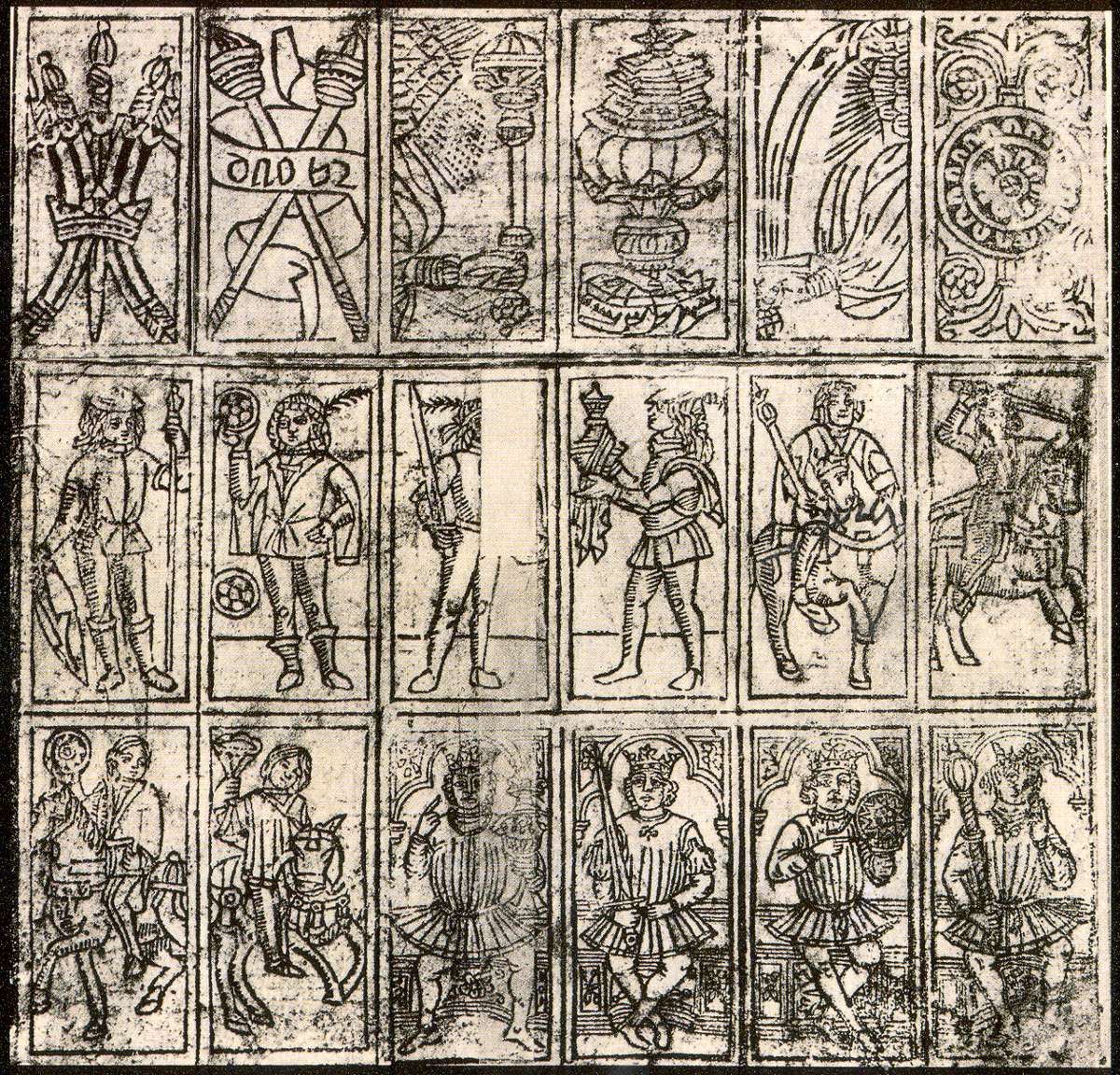
Above: eighteen cards from a pack of an early form of north Italian playing cards, printed from woodblocks, with the swords back-to-back and curved outwards. Believed to be Venetian, late 15th century. The inscription on the two of batons, whilst at first glance resembling “ano 62”, may in fact be an inscription reading “duos” as the numeral cards in the batons suit have inscriptions giving their values written in what appears to be Venetian dialect. Kings seated on thrones is a format found in other early Italian cards, as well as early Swiss and German cards.
By the 15th century there was interchange of Italian and Spanish suited cards across the Alps.

Images on this page of cards from the Museo "Fournier" de Naipes de Alava (Diputación Foral de Alava, Cuchillería 54, 01001 Vitoria-Gasteiz, Spain) are taken from Suarez Alba (1991) and used with permission.

Above: reconstruction from several 16th or late 15th century north Italian fragments of partially coloured uncut sheets of cards. The swords and batons suit symbols are curved outwards in the same way as seen in early Spanish-Portuguese cards. The arrangement of the suit symbols and accompanying decorations are also reminiscent of the Mamluk Playing Cards from the Topkapu Museum in Istanbul. The original cards are located in Szépművészeti Múzeum (Museum of Fine Arts), Budapest.
Below: more examples of the same style of cards, printed from woodblocks, are shown below which in these cases are very early tarot packs.
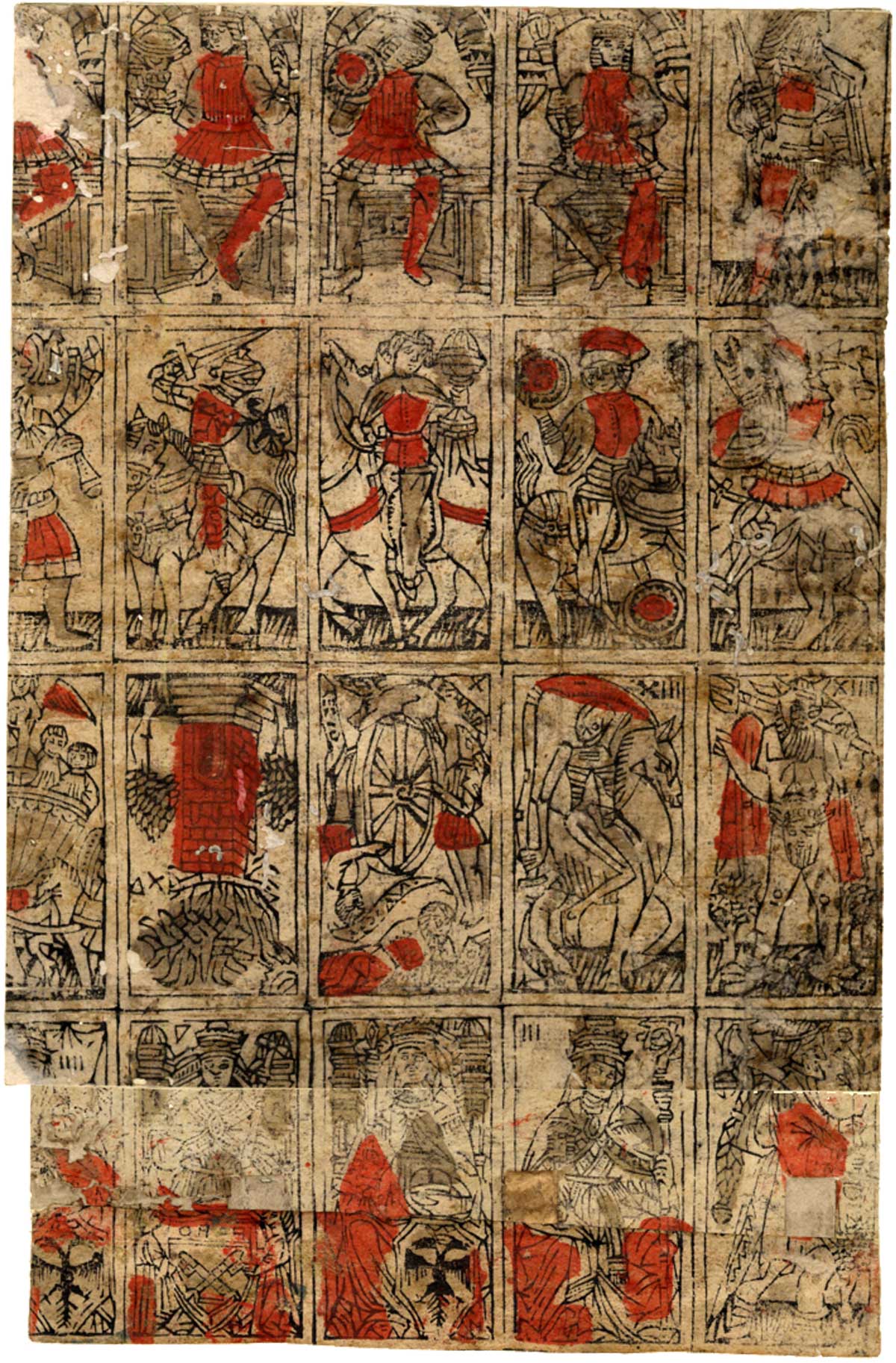
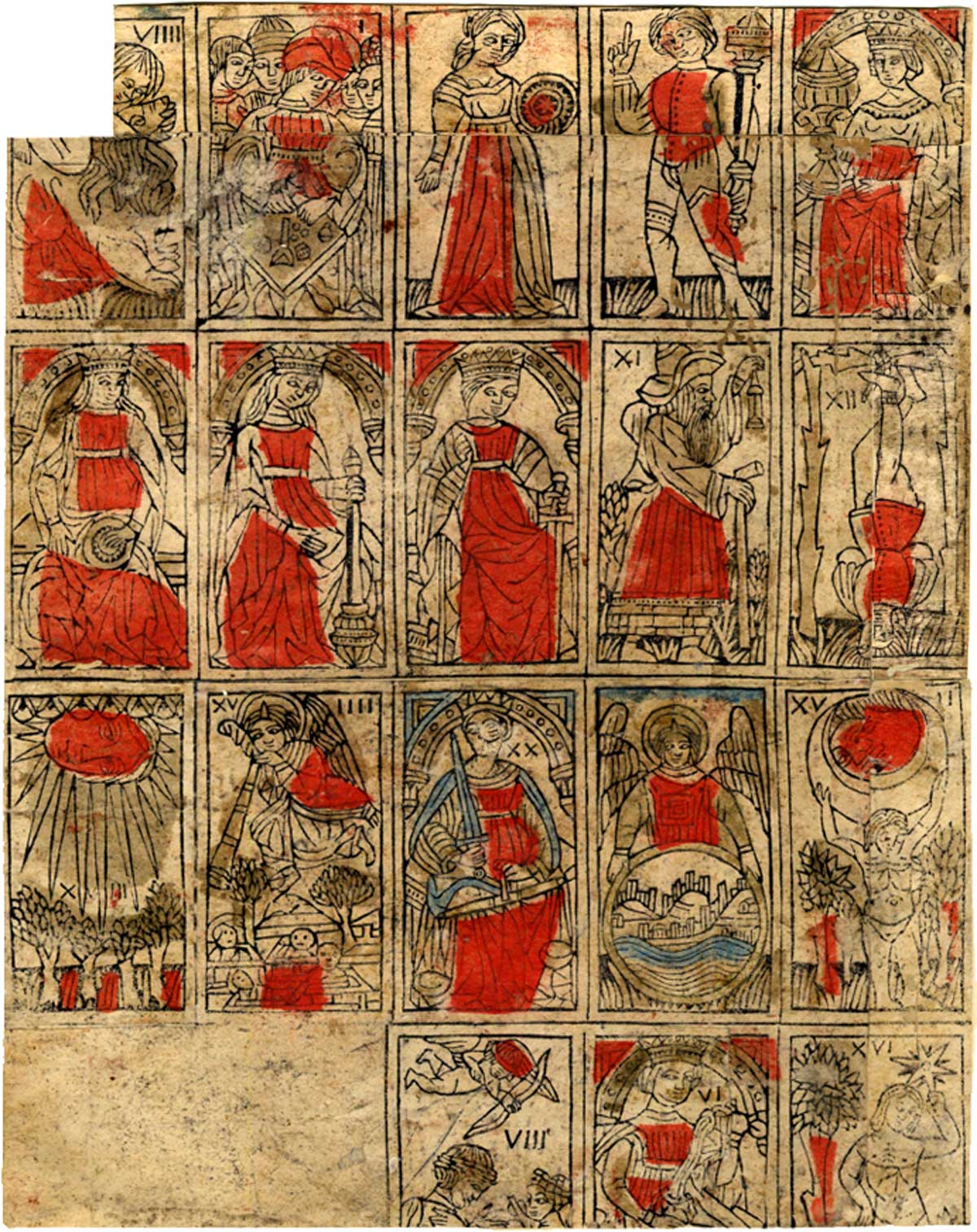
REFERENCES
Private correspondence from Michael Dummett to Dalu Jones, 1973.

By Simon Wintle
Member since February 01, 1996
Founder and editor of the World of Playing Cards since 1996. He is a former committee member of the IPCS and was graphics editor of The Playing-Card journal for many years. He has lived at various times in Chile, England and Wales and is currently living in Extremadura, Spain. Simon's first limited edition pack of playing cards was a replica of a seventeenth century traditional English pack, which he produced from woodblocks and stencils.
Trending Articles
Popular articles from the past 28 days
Related Articles
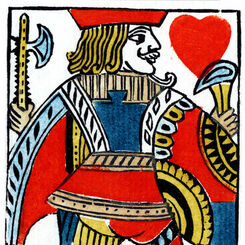
Woodblock and Stencil Jack of Hearts
A limited edition art print of the Jack of Hearts 1984 woodblock joker.
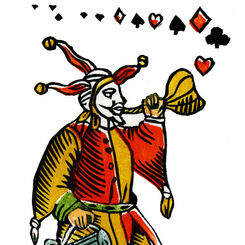
Woodblock and Stencil Joker
A limited edition art print of the 1984 woodblock joker.
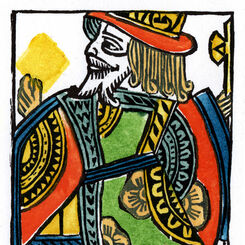
Woodblock and Stencil King of Diamonds
A limited edition art print of the King of Diamonds 1984 woodblock joker.
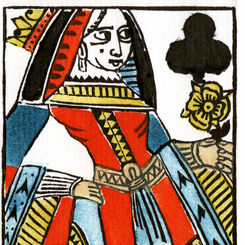
Woodblock and Stencil Queen of Clubs
A limited edition art print of the Queen of Clubs 1984 woodblock joker.
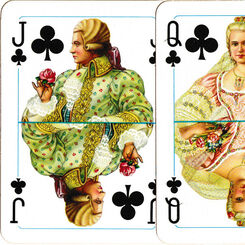
Poker Lusso
Richly costumed courts on a luxury poker pack from Masenghini.
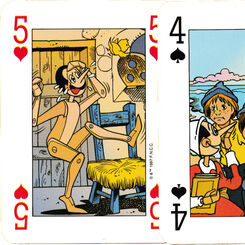
Pinocchio playing cards
Comic book drawings inspired by Carlo Collodi’s children’s classic, Pinocchio.
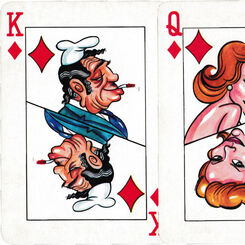
Le Ore playing cards
Caricatures of famous personalities from the late 1970s for the Italian magazine Le Ore.
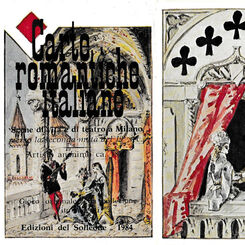
Carte Romantiche Italiane
Scenes of life and the theatre in Milan towards the second half of the 19th century.
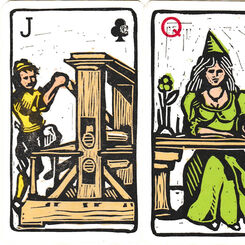
Lo Stampatore
‘Lo Stampatore’ linocut images created by Sergio Favret, published as a deck of cards by Editions So...
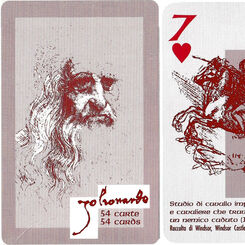
Leonardo collection
Leonardo collection playing cards with drawings from his notebooks.
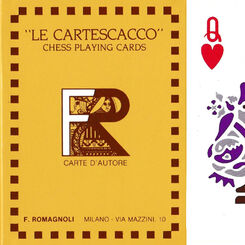
Lo Cartescacco / Chess playing cards
Playing cards designed by F. Romagnoli bringing together Chess and Bridge, Italy, c. 1981.
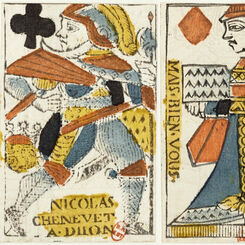
Burgundy pattern
The old Burgundy (or Burgundian) pattern by Nicolas Chenevet, Dijon.
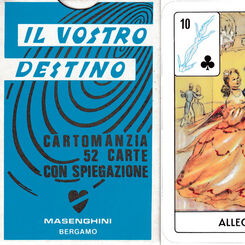
Il Vostro Destino
Italian fortune-telling pack produced by Viassone and later by Masenghini.
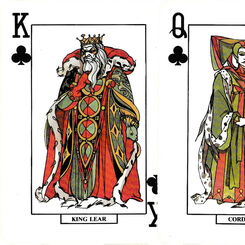
San Paolo Shakespeare
San Paolo Shakespeare, Italy, 1978

Le Carte di Forattini
Political caricatures by Giorgio Forattini published by Arnoldo Mondadori Editore, Italy, 1993.
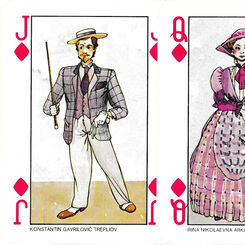
San Paolo Chekhov
Characters from Chekhov’s plays designed by Paolo Fresu for San Paolo Istituto Bancario, Italy, c.19...
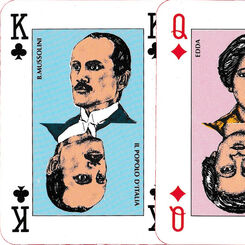
Storia del Fascismo - gioco di carte
‘Storia del Fascismo’ playing cards depicting persons, symbols and artifacts associated with Italian...
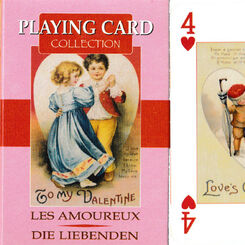
The Lovers playing cards
Reproductions of old postcards with romantic messages for Valentine’s Day.
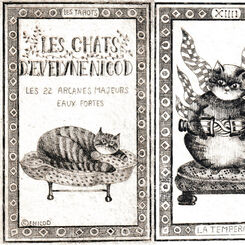
I Gatti Originali di Evelyne Nicod
Etchings of cats on a set of major arcana created by Evelyne Nicod.
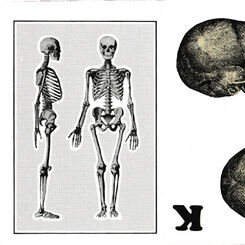
Carte Osteologiche
Skulls and bones of all descriptions have become the suits and pips in this 40-card pack from Italy....
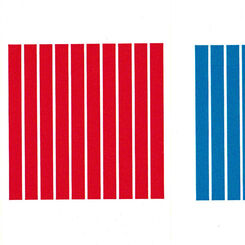
Marcello Morandini
Modern designs by Italian artist Marcello Morandini using the simplest of forms and colours.
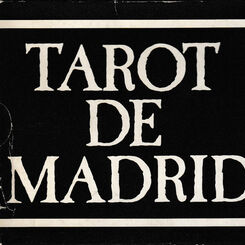
Tarot de Madrid
Black-and-white photographs of models whose faces are made up using elements found on the major arca...
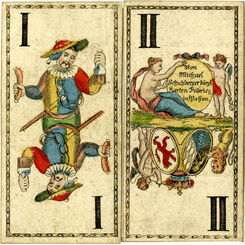
Mythological tarot by Michael Schatzberger
Mythological tarot by Michael Schatzberger, Passau, Bavaria, early 19th century.
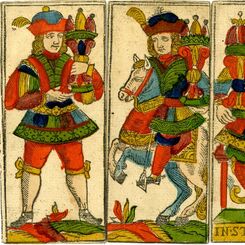
Trappola pack by Joseph Fetscher
Trappola pack published by Joseph Fetscher, Graz, 1739.
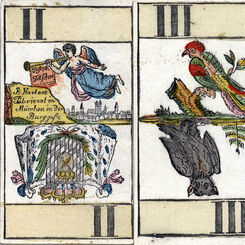
Animal Tarot by Joseph Fetscher
French-suited Natural History Tarot deck by Joseph Fetscher, Munich, c.1820.
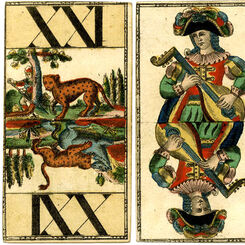
Mythological and Allegorical tarot
Mythological and Allegorical tarot produced by Peter Paul Fetscher junior, Munich.
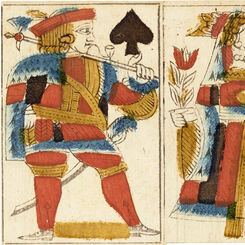
Lyon pattern by Michel Ressy
Lyon pattern by Michel Ressy, c.1760.
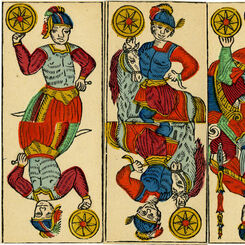
Trappola pack by Anton Herrl
Trappola pack of 36 double-ended cards published by Anton Herrl, Graz, Austria.

The Tarot Strikes Back
Roy Huteson Stewart's The Tarot Strikes Back combines Star Wars with Rider-Waite tarot imagery.

Animal Tarot by Andreas Benedict Göbl
French-suited Animal Tarot deck produced by Andreas Benedict Göbl, Munich.
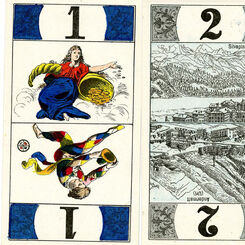
Swiss Scenic Tarock
Scenic Tarock deck produced by Fabrique de Cartes J. Müller & Cie (Schaffhouse), Suisse.
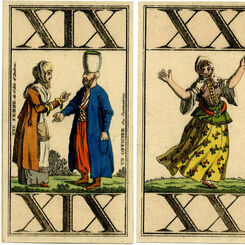
Costumes of Turkey Tarot
‘National Costumes of Turkey’ tarot by Industrie Comptoir, Leipzig, c.1800-1825.
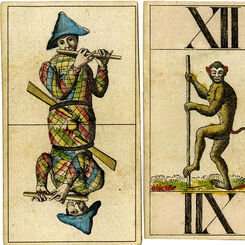
Natural History Tarot
Natural History Tarot published by G M, Germany, early 19th C.
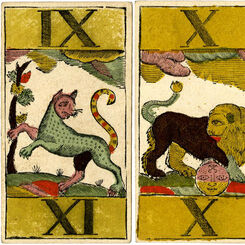
Animal Tarot by J. B Dubois
French-suited Bavarian Animal Tarot by J B Dubois, Liège, Belgium, late 18th C.

Æsop’s Fables tarot
French-suited Æsop’s fables tarot produced by Leipzig Industrie Comptoir, c.1800-1825.
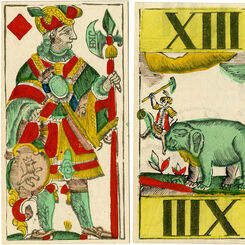
Animal Tarot by J. T Dubois
Early 19th century Animal Tarot pack produced by J T Dubois, Liège, Belgium.
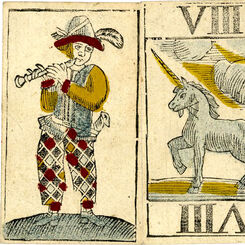
Animal Tarot by G. Larmoyer
Flemish Animal Tarot deck by G. Larmoyer, Liège, 1753.

Albano-Waite® Tarot
Recoloured version of the Rider/Waite/Smith tarot produced by Frankie Albano, 1968.
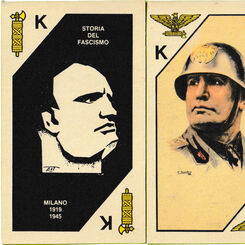
Storia del Fascismo
Published by Il Meneghello, this pack provides a visual history of Fascism in Italy between 1919 and...
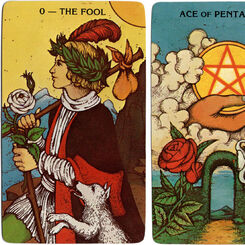
Morgan-Greer Tarot
Based on the knowledge, wisdom and interpretation of Paul Foster Case and Arthur Edward Waite.
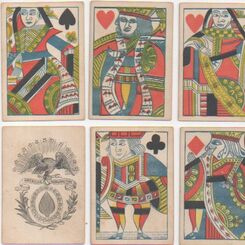
75: Early American cards
An overview of some of the early cards made in the United States.

New Palladini Tarot
“The New Palladini Tarot” by David Palladini published by U.S. Games Inc., in 1996.
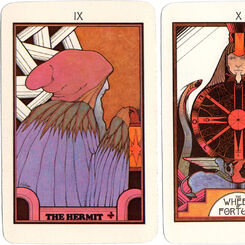
The Aquarian Tarot Deck
The Aquarian Tarot Deck illustrated by David Palladini, published by Morgan Press, Inc., 1970.

Linweave Tarot
The Linweave Tarot is actually an elaborate set of paper samples from the Pulp, Paper and Board Divi...


